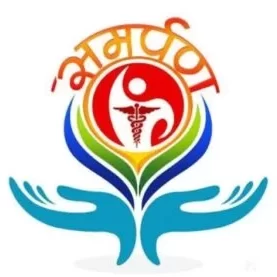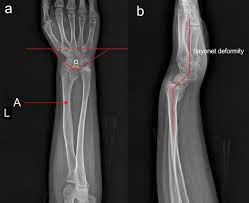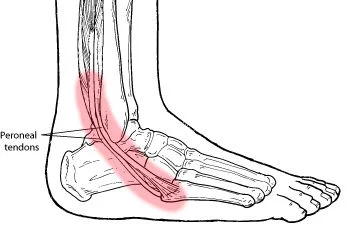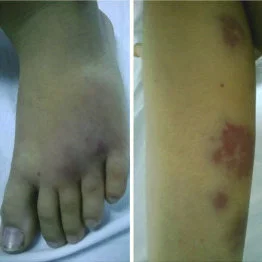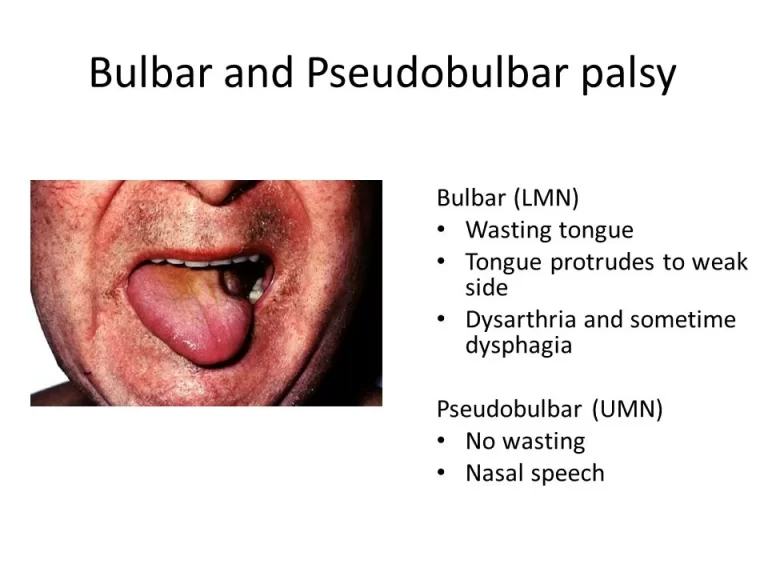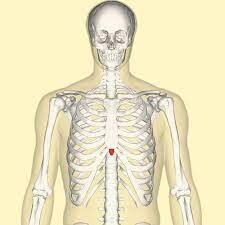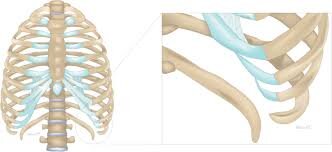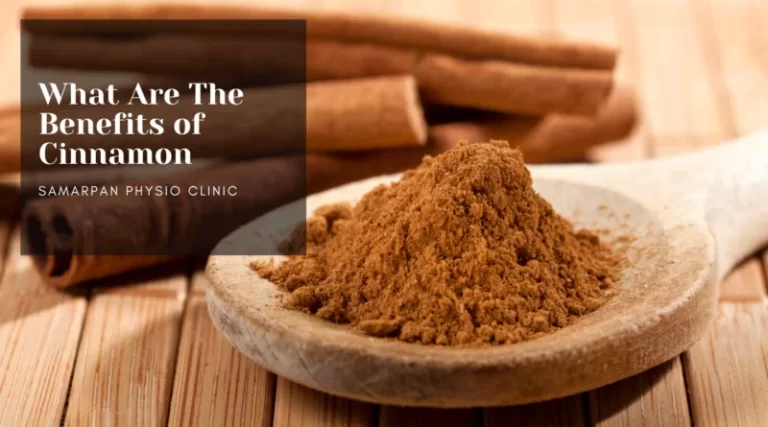Bayonet deformity of the wrist
Definition Bayonet deformity is a term used for wrist deformity which is commonly seen in some serious wrist-related injuries. It looks like the shape of a fork, so it is also called a dinner fork deformity. It can be seen secondary to a prominent distal ulna as a result of dorsal subluxation. This deformity is…
